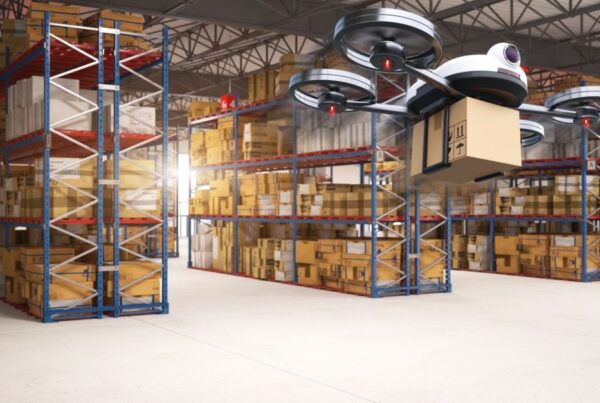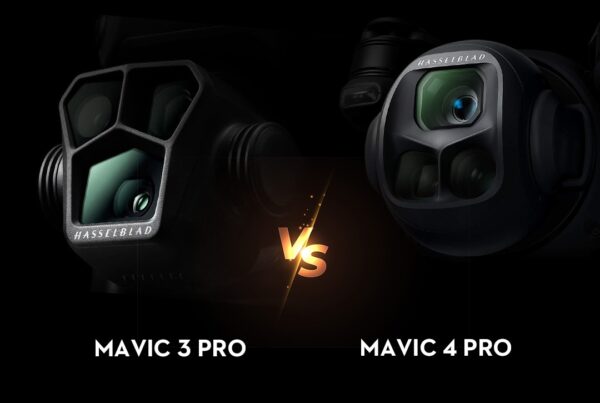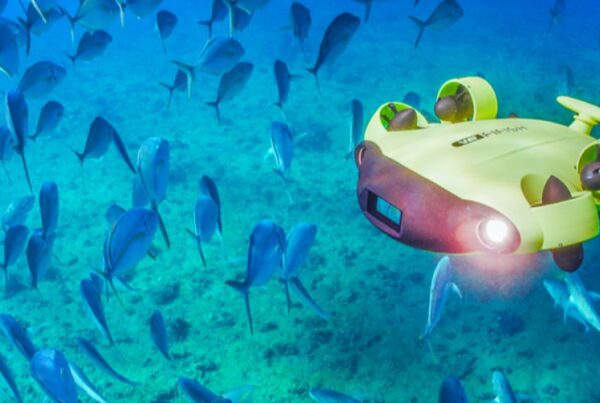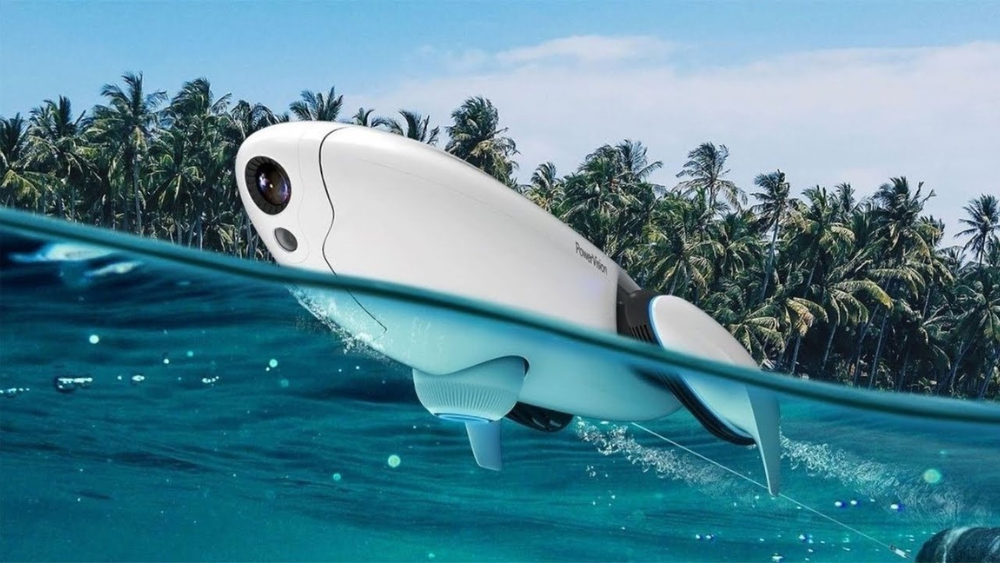
Introduction
The planet’s vast oceans hold secrets to climate change, biodiversity, and ecological balance, making their study crucial for environmental conservation. Yet, the depth and expansiveness of marine environments pose significant challenges for researchers. This is where technology steps in, offering innovative tools that bridge the gap between human limitations and the need for comprehensive environmental monitoring. Among these, underwater drones represent a technological leap forward, providing unprecedented access to the ocean’s depths.
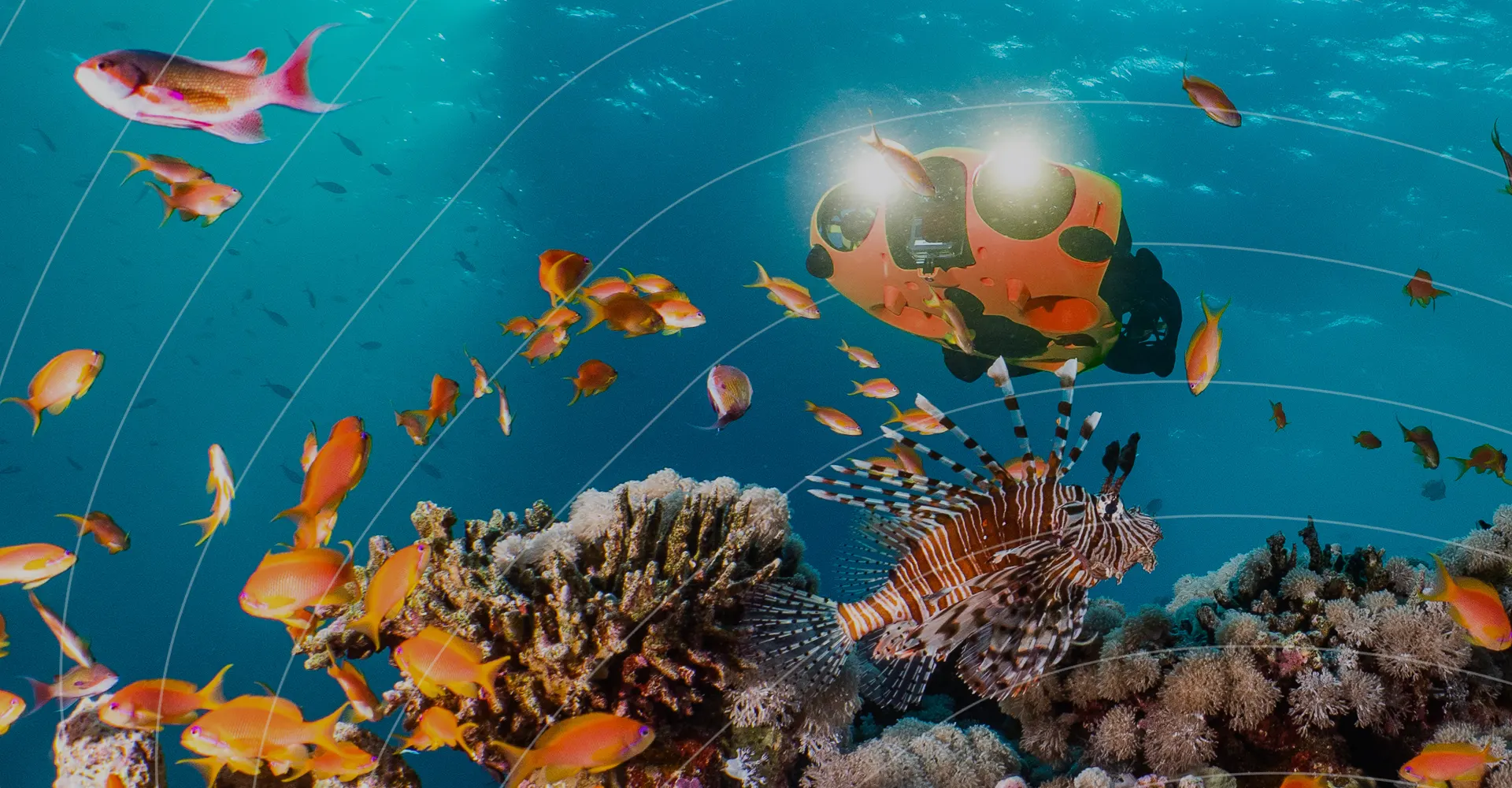
The Role of Underwater Drones in Environmental Monitoring
Underwater drones, also known as remotely operated vehicles (ROVs), have emerged as indispensable assets in the field of environmental monitoring. These sophisticated machines can dive deep into the ocean, transmitting real-time data and images back to researchers. This capability is vital for studying hard-to-reach areas, assessing the health of marine ecosystems, and monitoring the effects of climate change on underwater environments. By enabling detailed observations and data collection in previously inaccessible locations, underwater drones are opening new frontiers in environmental science.
Spotlight on QYSEA Underwater Drones
QYSEA stands at the forefront of underwater exploration technology, offering a range of drones designed to meet the diverse needs of marine researchers and environmentalists. Their commitment to innovation is evident in the advanced features and capabilities of the Fifish series, which include models tailored for various aspects of underwater research and environmental monitoring.
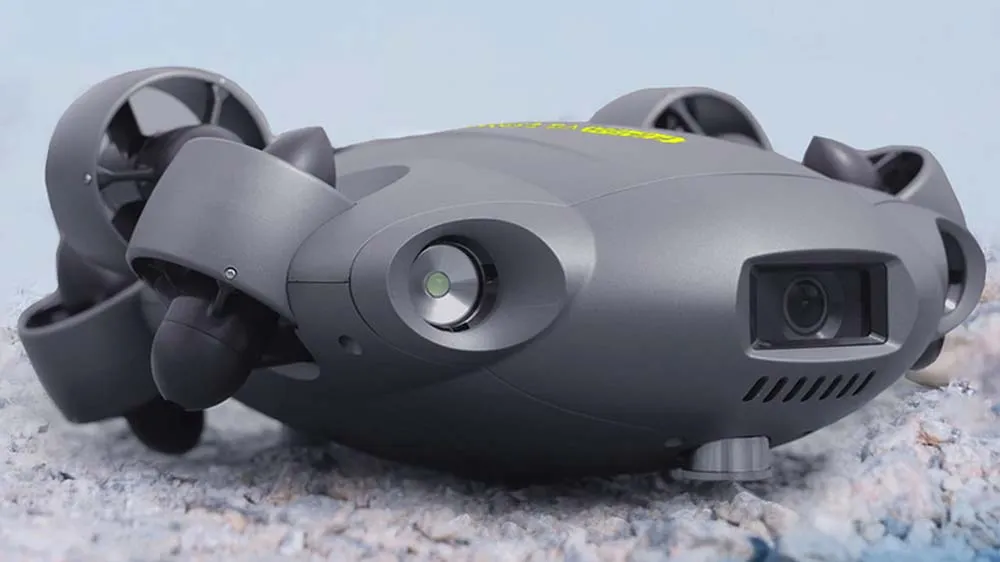
In-depth Analysis of QYSEA Underwater Drones

QYSEA Fifish V-Evo
The Fifish V-Evo marks a significant advancement in underwater drone technology, designed for precision and versatility in environmental monitoring. With its 4K UHD camera, it captures detailed images and videos of the marine environment, facilitating studies on coral reefs, underwater ecosystems, and marine life. Its extended battery life and robust design allow for prolonged exploration missions, making it an invaluable tool for comprehensive environmental assessments.
QYSEA Fifish V6
The V6 model is renowned for its omnidirectional maneuverability, allowing it to navigate through complex underwater terrains with ease. This feature is crucial for inspecting areas affected by pollution or observing behaviors of deep-sea species in their natural habitats. Its 360-degree camera system and powerful lighting enable clear visibility in the dark depths, enhancing data collection for environmental monitoring projects.

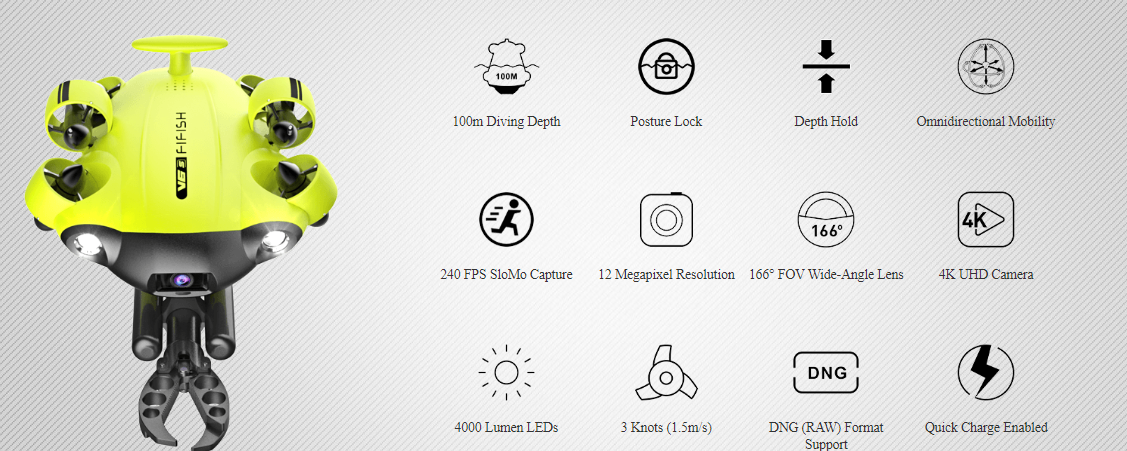
QYSEA Fifish V6S
Equipped with a robotic arm, the Fifish V6S extends the capabilities of underwater drones beyond observation to physical interaction with the environment. This feature is particularly useful for collecting samples, removing pollutants, or conducting detailed inspections of underwater structures. The addition of sonar technology also aids in mapping and exploration, providing valuable data for environmental studies and conservation efforts.
QYSEA Fifish Pro W6
Designed for deep-water exploration, the Pro W6 is capable of reaching depths that are otherwise inaccessible to humans. Its advanced sensors and high-definition cameras offer comprehensive data and imagery, crucial for studies on oceanic trenches, deep-sea ecosystems, and the impacts of deep-sea mining. The Pro W6’s ability to operate in extreme conditions makes it an essential tool for environmental monitoring and protection.
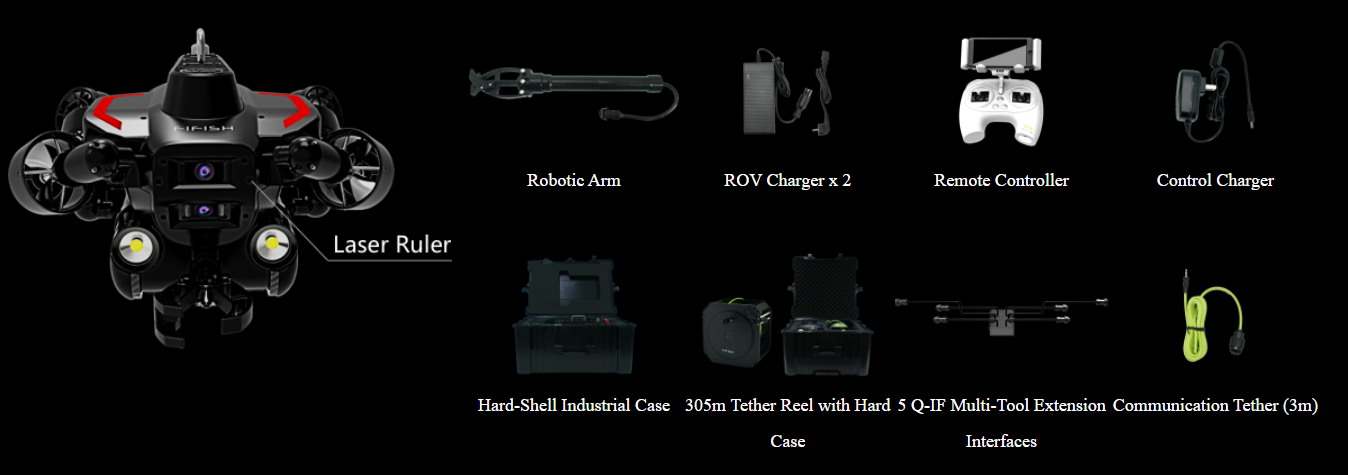

QYSEA Fifish Pro V6 Plus
Building on the success of its predecessors, the Pro V6 Plus integrates enhanced features for even more sophisticated environmental monitoring. With increased depth capability, improved battery life, and advanced imaging technology, it is well-suited for long-duration missions and complex research projects. Its versatility and performance make it a top choice for scientists and environmentalists seeking detailed insights into marine ecosystems.
Case Studies: Impactful Environmental Monitoring Projects Using QYSEA Drones
QYSEA underwater drones have been instrumental in several key environmental monitoring projects. For instance, the use of the Fifish V6S in a coral reef restoration project provided critical data on the health and growth of coral structures, aiding in the development of effective conservation strategies. Similarly, the Pro W6 has been used in deep-sea exploration projects to study the effects of climate change on deep-ocean currents and marine life, contributing valuable information to the global understanding of environmental changes.
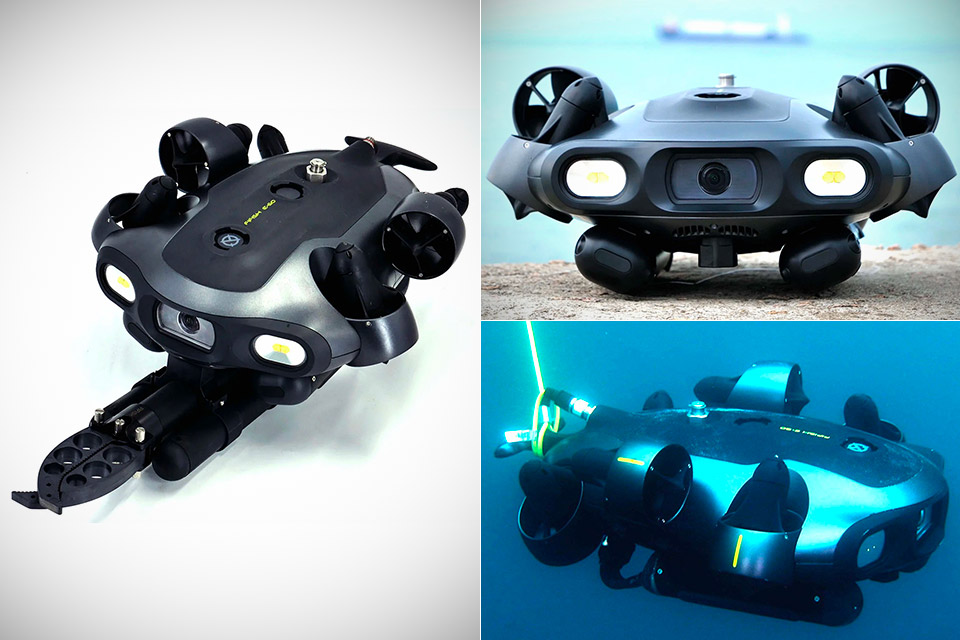

The Future of Environmental Monitoring with Underwater Drones
The evolution of underwater drone technology, exemplified by QYSEA’s Fifish series, hints at a future where environmental monitoring is more precise, accessible, and comprehensive. As these drones become increasingly capable and versatile, they will play a critical role in advancing our understanding of the marine environment and in the development of strategies to protect it. The integration of artificial intelligence and machine learning could further enhance their capabilities, enabling autonomous monitoring missions and real-time data analysis, thereby revolutionizing environmental research and conservation efforts.
Conclusion
Underwater drones like the QYSEA Fifish series are transforming environmental monitoring, offering tools that extend human capabilities to explore and protect the marine environment. As technology advances, the potential for discovery and conservation grows, underscoring the importance of continued innovation and application of these technologies in the field. The journey into the depths has just begun, and with each dive, we uncover more about the planet’s vital marine ecosystems and the ways we can safeguard them for future generations.

